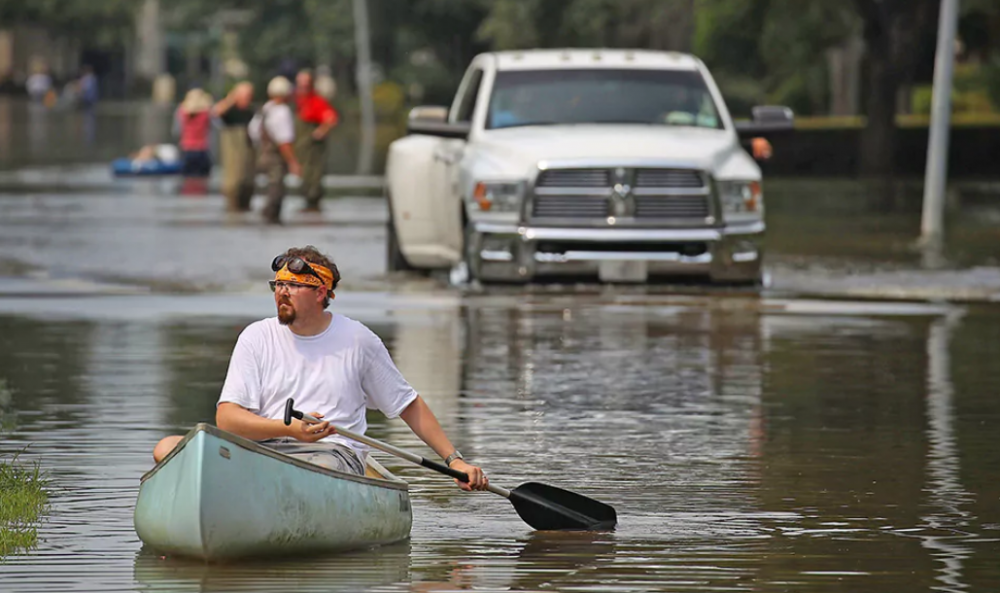Natural disasters caused $314 billion in 2017, the second most costly year on record

New research by EM-DAT's Centre for Research on the Epidemiology of Disasters (CRED) reveals that a total of 318 natural disasters occurred in 2017, affecting 96 million people across 122 countries.
The disasters resulted in the deaths of 9,503 people and caused US$314 billion of economic damage.
The human fatalities of the disasters were much lower than the average for the last 10 years; in previous years large events with extremely high mortality occurred, thereby increasing the average.
2017 ranks as the second most expensive year on record for natural disasters. in 2011 natural disasters cost US$86 billion more, totalling US$400 billion, largely due to the earthquake and tsunami that struck Japan.
However, disaster losses from weather and climate events in 2017 are the highest figure on record.
2017’s high costs are predominantly due to hurricanes Harvey, Irma and Maria which cost US$95 billion, US$66 billion and US$69 billion respectively.
Across the globe weather related natural disasters made up a large proportion of both economic and human losses.
In 2017, 90% of all natural disaster related deaths were caused by climatological, hydrological or meteorological events. Flooding had the greatest impact on human life causing 35% of deaths and impacting 60% of the total number affected by natural disasters.
However, flooding only caused only 6% of economic losses, compared to storms which caused 85%.
Asia continues to be the continent most affected by natural disasters, with 43% of the total natural disasters in 2017. China had the highest number of disasters, experiencing 25 events, and India suffered the greatest human impact, with 2,300 deaths and 22.5 million affected.
The economic impact of natural disasters was most significant in the US and Caribbean as a result of hurricanes Harvey, Irma and Maria.
In absolute amounts the US and Puerto Rico were most affected, suffering damages worth US$186 billion and US$68 billion.
However, damage as a percentage of Gross Domestic Product was significantly higher in the smaller Caribbean islands with damage on Sint Maarten equalling 812% of GDP, and damage in the British Virgin Islands equalling 284% of GDP.
For Puerto Rico damage as a percentage of GDP was still notably high, equalling 66%.
A number of climate scientists predict that hurricanes and storms in the Atlantic will worsen with climate change.
Roop Singh, Climate Risk Adviser with the Climate Centre commented:
“Climate scientists have attributed rainfall from tropical storms to climate change, including the staggering rainfall Hurricane Harvey brought to Houston, which a study last year concluded was made three times more likely due to climate change”
“Atlantic hurricanes will also get more intense in the future with climate change in terms of wind speed”
Join us for the 10th Annual Global Disaster Relief & Development Summit on 5-6 September in Washington, D.C, USA.
If you’d like to stay informed on the latest updates in aid and development, please sign up for the AIDF newsletter.
Image credit: Getty













